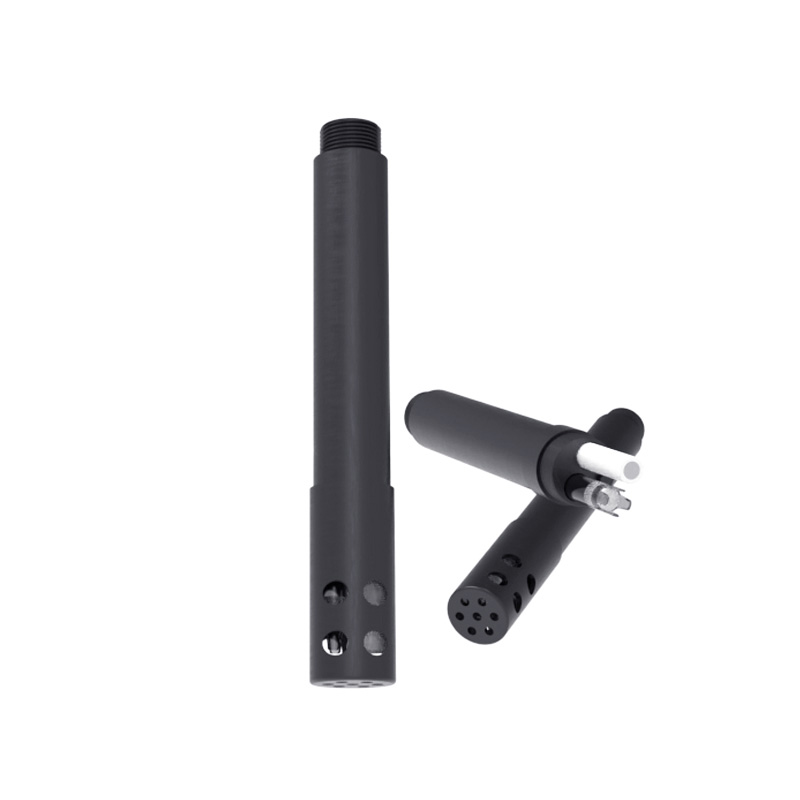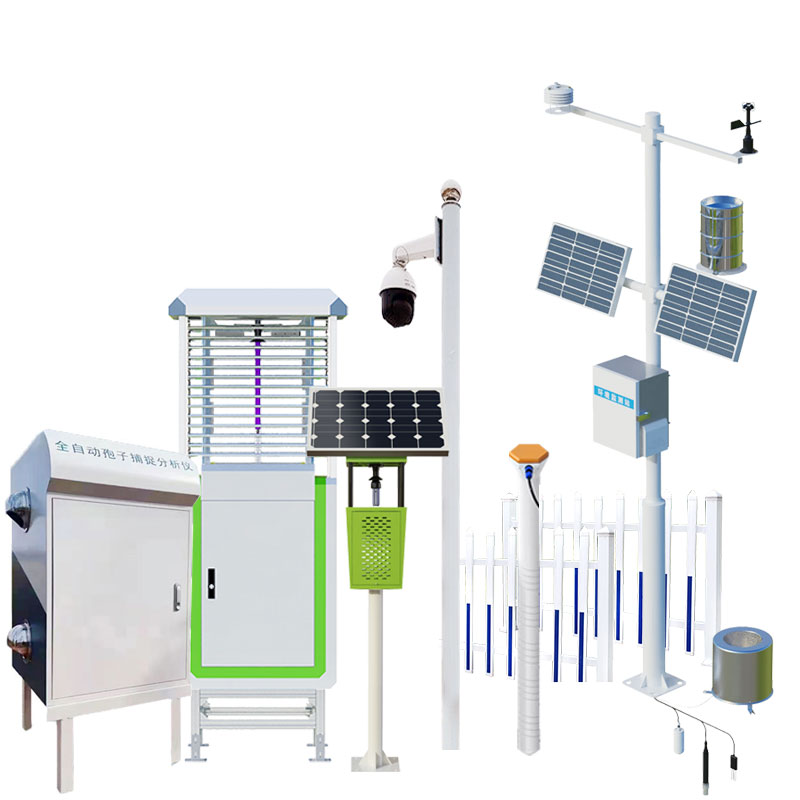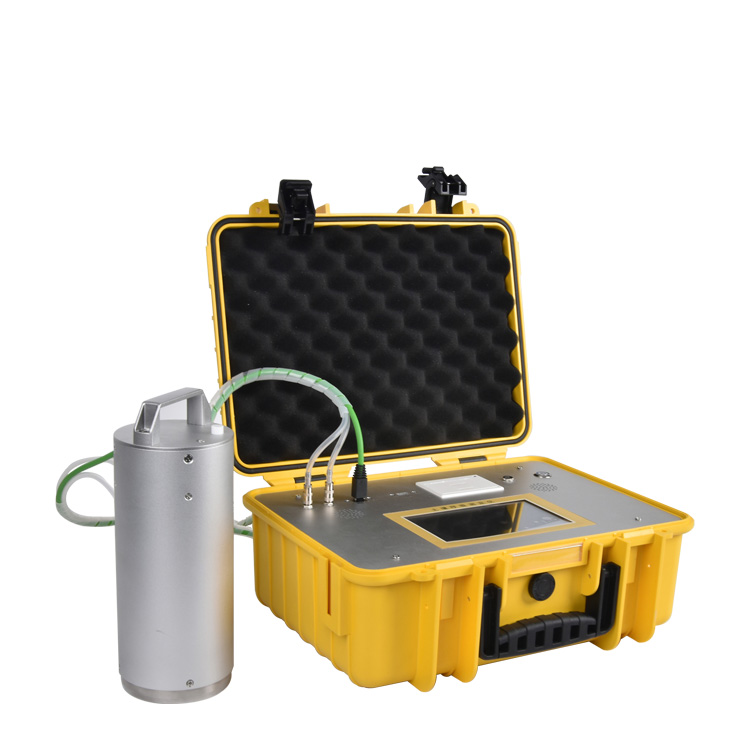Product Center
-
Hydrological equipment monitoring station
-
Water Quality Monitor Sensor
-
Plant protection equipment
-
Food Testing Equipment
- Locust online monitoring station utilizes light-attracting and sex-attracting technologies to control locusts
- Buoy-based water quality monitoring brands Fengtu
- Integrated wireless meteorological and soil moisture monitoring station Provides an Integrated Soil Moisture, Temperature, and Conductivity Monitoring Solution
- Buoy-based online water quality monitoring equipment Real-time Monitoring of Multiple Water Quality Parameters
- What is Soil moisture conditions? The role of Soil moisture conditions monitoring in agricultural irrigation
- IoT Water Quality Monitoring Station Function and Components
Shandong Fengtu IOT Technology Co., Ltd
Sales Manager:Ms. Emily Wang
Tel, Whatsapp:+86 15898932201
Email:info@fengtutec.com
Add:No. 155 Optoelectronic Industry Accelerator, Gaoxin District, Weifang, Shandong, China

Chloride Ion Sensor
Model:FT-S14
Brand:fengtu
Related products
Product details
1. Chloride Ion Sensor Application Environment Description
Chloride Ion Sensor measures the potential change of the electrode in contact with the measuring solution to determine the residual chlorine concentration.The S14 Chloride Ion Sensor uses an ion-selective electrode to test free chloride ions in water. It is fast, simple and economical, and can meet the measurement requirements of chloride ions in most industrial environments.
Signal output: RS-485 (MODBUS-RTU)
2. Technical Parameters of Chloride Ion Sensor
| Measuring principle | Ion selection method |
| Output method | RS-485 (MODBUS-RTU) |
| Range | 0-3500.0mg/L |
| Resolution | 0.1mg/L |
| Accuracy | ±5%; ±0.3℃ |
| Shell material | ABS |
| Cable length | 5m |
| Supply voltage | DC12-24V(0.4W@12V) |
| Calibration method | Two-point calibration |
| Measurement environment | 0-50℃(no freezing) |
| Waterproof grade | IP68 |
| Installation | Immersion installation, NPT3/4 thread |
3. Chloride Ion Sensor Maintenance and Care
In order to obtain the most stable results, it is recommended to immerse the ion selective electrode in a standard solution (usually 100ppm) for 10-15 minutes before measurement until the reading is stable.
In order to obtain high-precision results, it is recommended to repeat these steps: remove the electrode from the standard solution, rinse, blot dry, and then immerse in the standard solution (immerse for at least 2 minutes to obtain a stable reading) to ensure that the electrode is properly rinsed and pre-conditioned.
When the electrode is used for the first time or after long-term storage, it needs to be soaked in the standard solution overnight or even 48 hours to get a stable reading. After pretreatment, spray the electrode with deionized water and carefully dry it with absorbent paper instead of wiping it dry.
When the sensor is not in use, place it vertically and do not place it horizontally for a long time.
When the sensor is not used for a long time, the electrodes should be kept dry.
This paper addresses:https://www.fengtusz.com/Water-Quality-Sensors/Chloride-Ion-Sensor.html
- Previous Article :Residual Chlorine Sensor
- Next Article:Water Hardness Meter
Related article
-
Remote Rain Level Monitoring for Small and Medium Rivers
2024-09-04 -
Enhancing Water Resource Management with FT-ZS8 Dissolved Oxygen Analyzer
2024-12-13 -
Soil Moisture Monitor for Scientific Moisture Management
2025-09-19 -
Drainage Pipeline Monitoring with FT - PS1
2025-01-13 -
Introduction of Fengtu Small Portable Automatic Weather Station
2024-07-23 -
Geological Disaster Monitoring and Early Warning System: Dual-Track Defense for Mountain Safety
2025-03-20 -
Information construction: water quantity monitoring system
2024-07-09 -
FT-GSZ: IoT-Enabled Water Quality Monitoring System for Secondary Water
2024-11-01


 Get a Free Quote
Get a Free Quote






